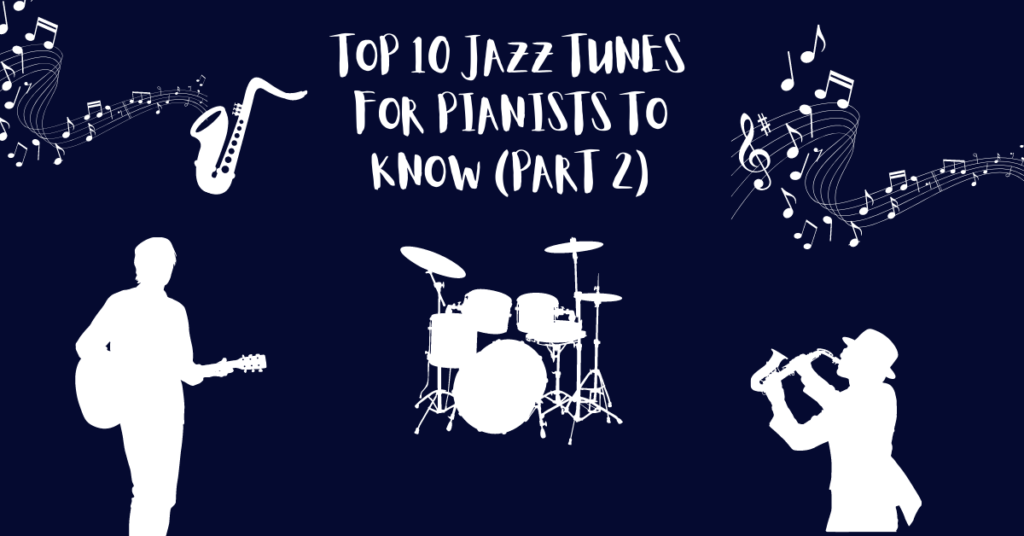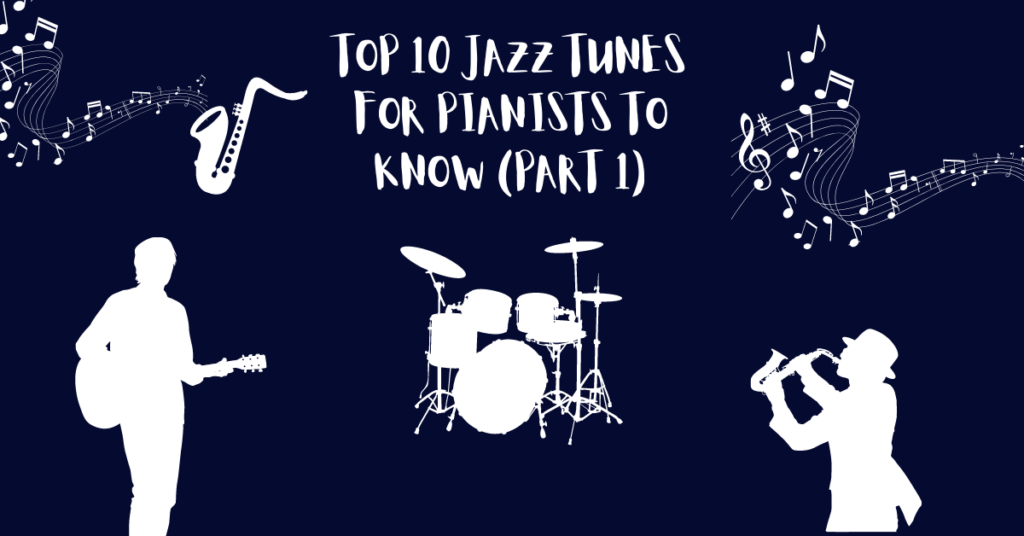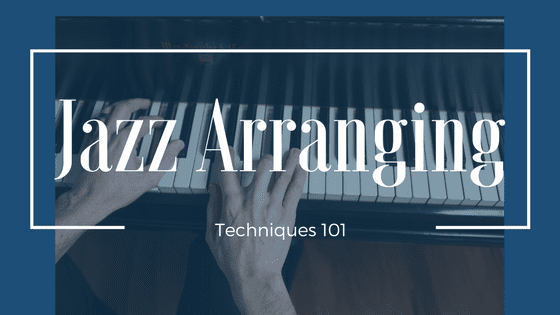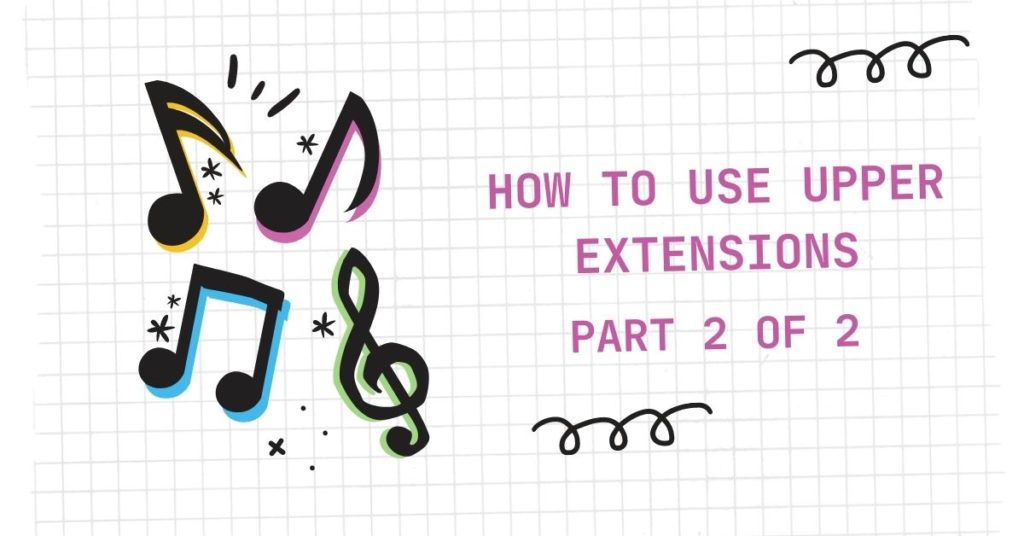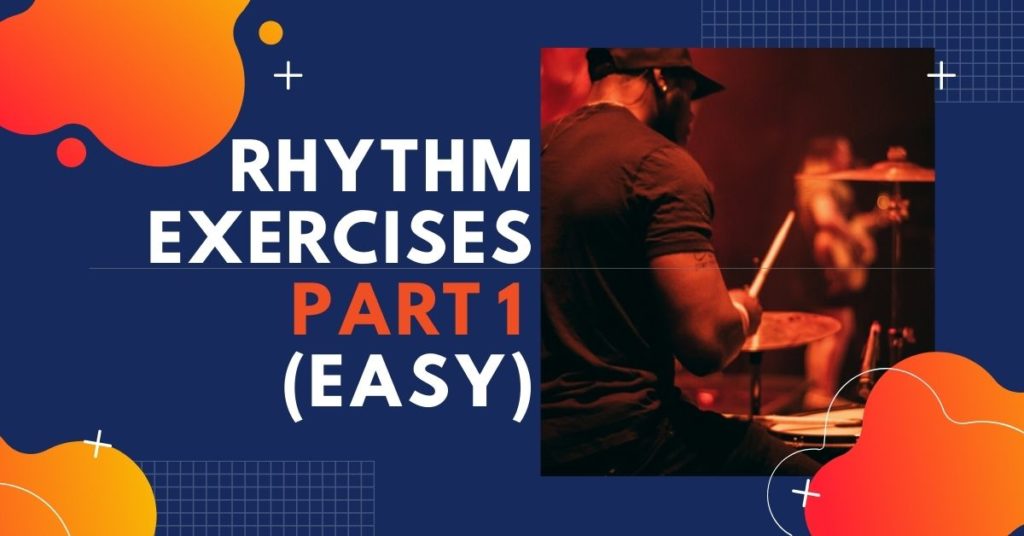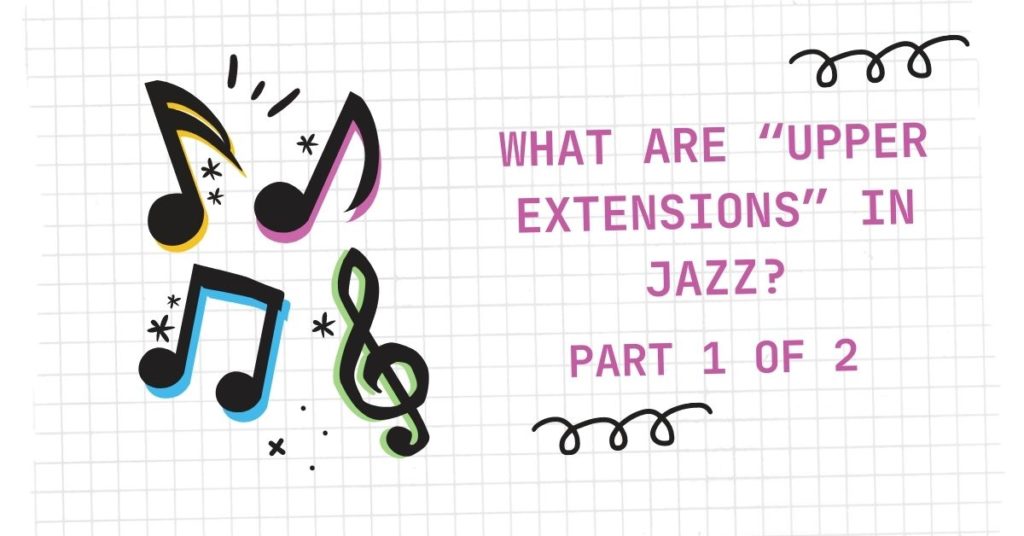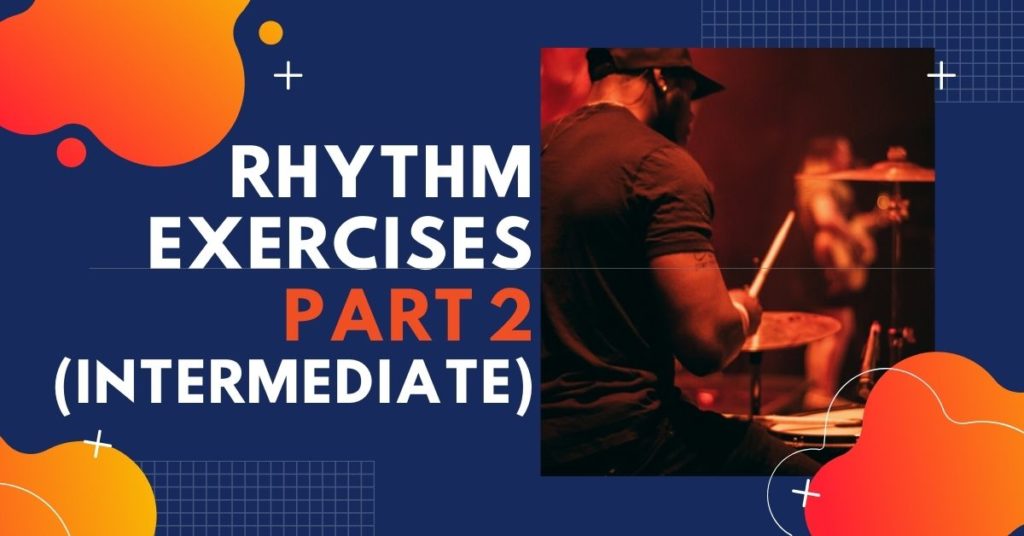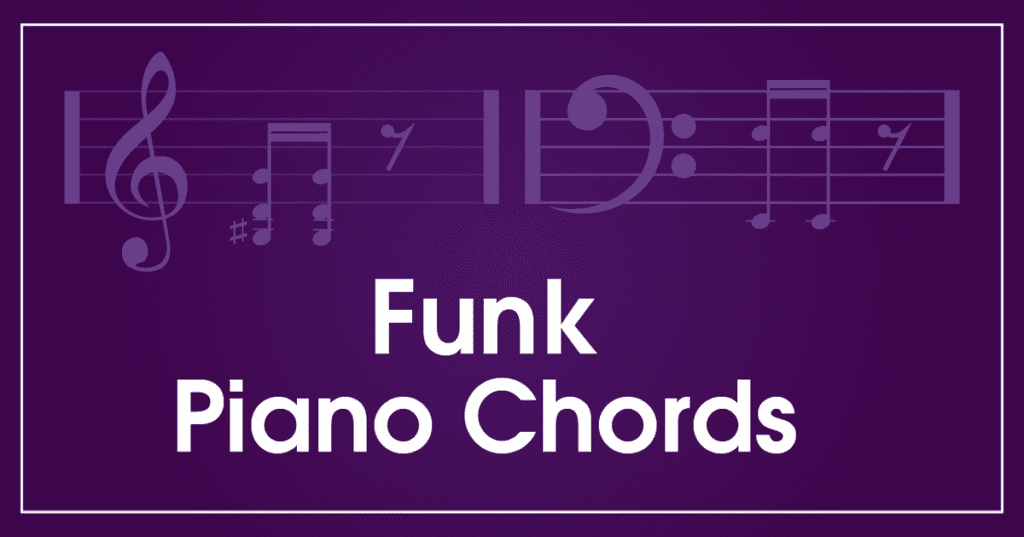Isn’t She Lovely – Stevie Wonder
In this article we’ll be discussing a classic Stevie Wonder track, “Isn’t She Lovely.” We’ll take a look and a listen to this tune and cover some of the basic keyboard necessities to get started playing this song. One of the things about Stevie Wonder tunes that makes them ripe for cover by jazz artists…




